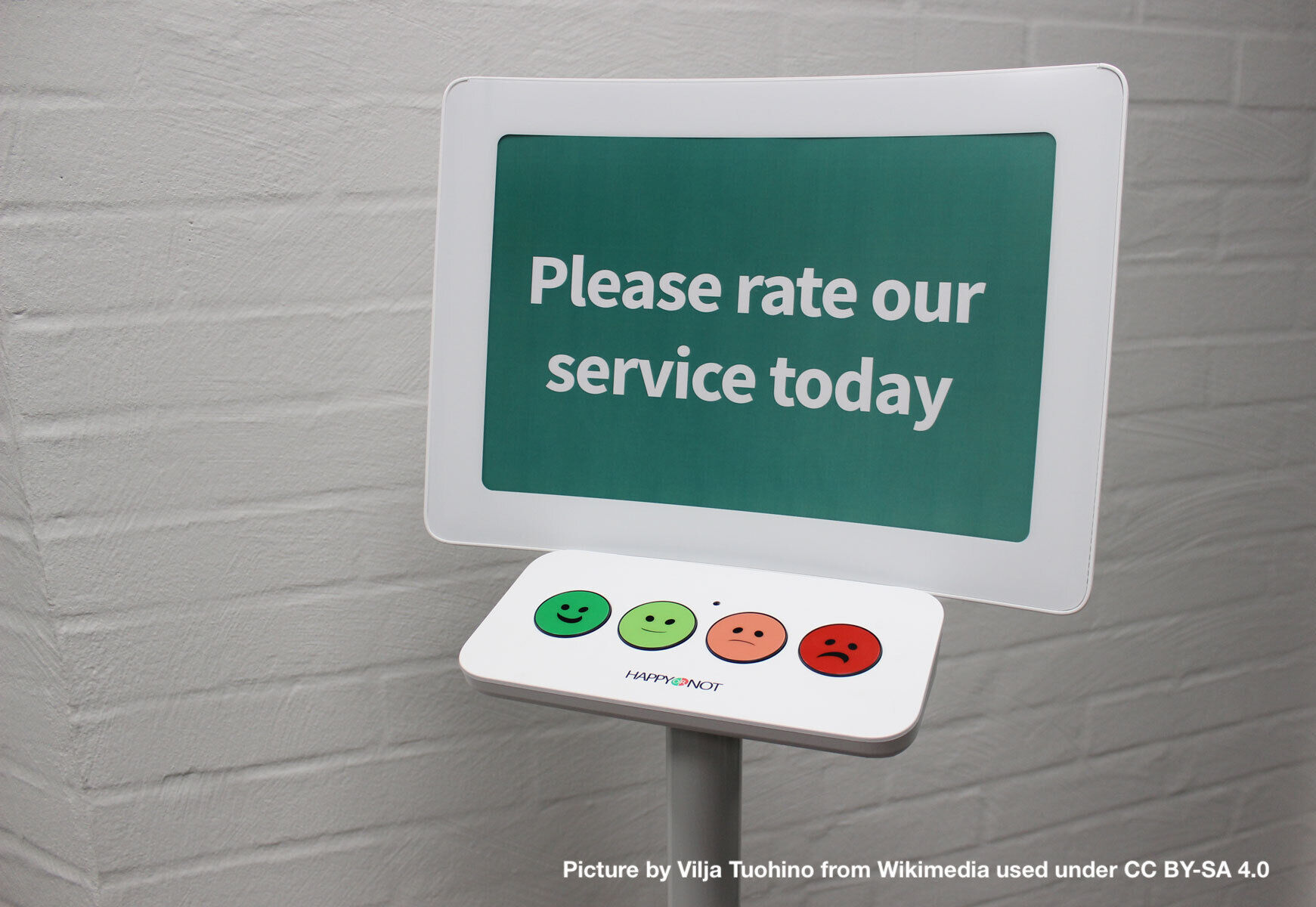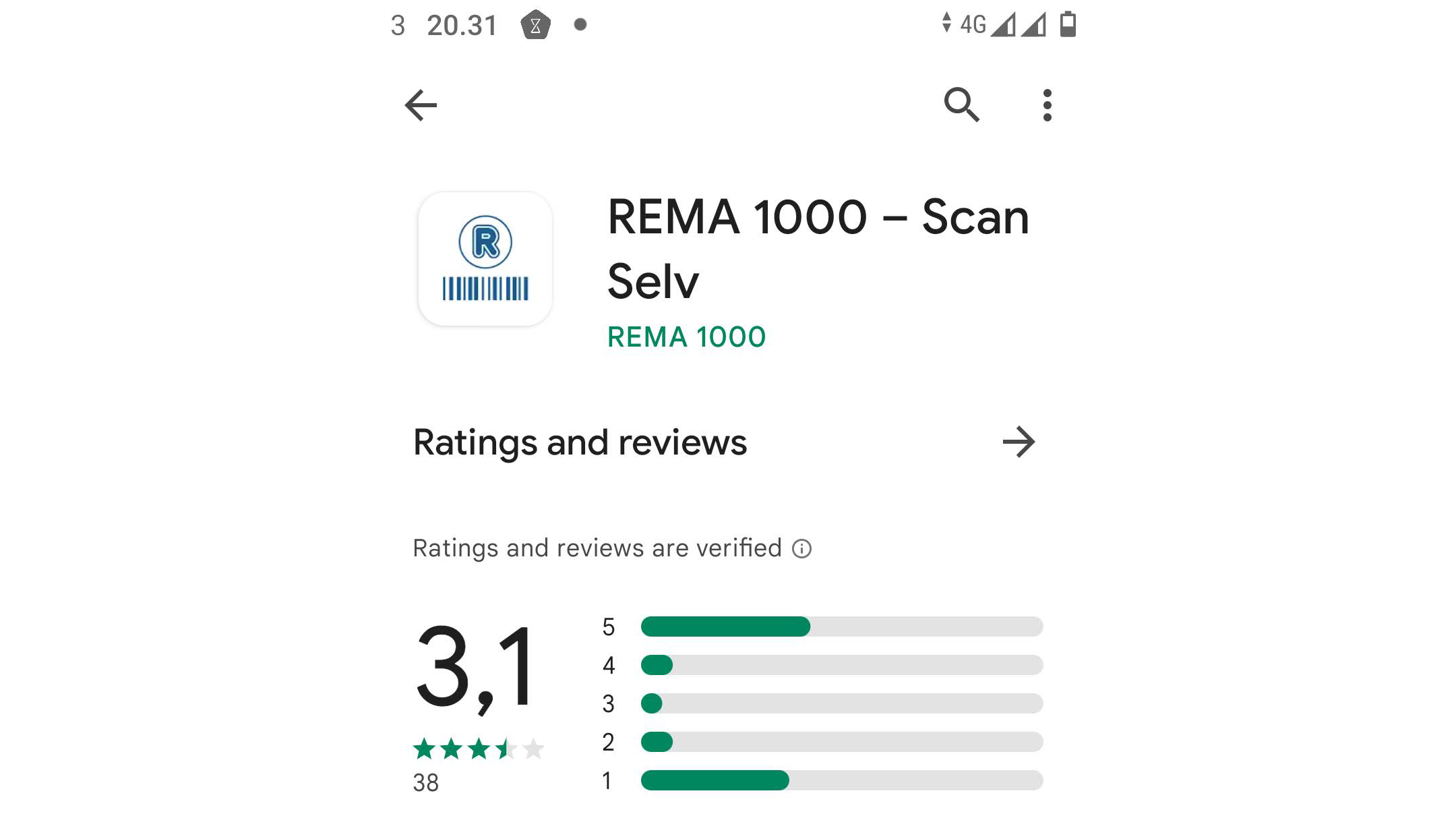Why don’t more people use open source? Because the User Experience sucks. Not always, but often. And the UX in an open source project is always at least a little worse than in the corresponding payware.
The really successful Open Source projects are the ones used by technical people. A system administrator wants a command line and scripting capability, not a fancy GUI.
But everyday users want something that is modern-looking and intuitive to use. Good UX, in short. That has never been a focus in open source projects, and is unlikely to ever become so.
The reason lies in the economics of software development. A commercial software developer has a good business reason to improve UX. If the added revenue from more user-friendly software exceeds the investment in UX experts, there is a business case, and that investment will be made. And management will enforce that UX improvements are implemented.
Open source UX improvement depends on a UX expert deciding to donate time to the project, AND that developers will decide to make the effort to implement UX improvements. But the typical developer considers good UX optional, so improvements keep getting pushed down the backlog. Eventually, the UX expert leaves the project to spend his or her time elsewhere.
If you want to implement end-user-facing open source, for financial or ideological reasons, you need serious management support to quell the inevitable backlash from users who have to endure the UX regression.










